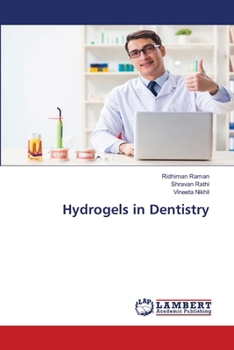Hydrogels in Dentistry
Oral diseases, characterized by microbial infections, inflammation and tissue destruction, remain a global health challenge. Despite advances in dental medicine, existing materials limit effective treatment and tissue regeneration. Biomaterials have evolved from passive structures to bioactive materials that restore oral function. Among these, hydrogels stand out for their biocompatibility, porosity, and viscoelasticity, mimicking the extracellular matrix to support cellular attachment, proliferation and differentiation.Since their early mention in 1894, hydrogels have evolved significantly. The first synthetic hydrogel, polyhydroxyethylmethacrylate (pHEMA), appeared in 1960. Research later expanded to smart hydrogels responsive to stimuli, injectable hydrogels for drug delivery and super porous hydrogels for rapid absorption. Recent DNA hydrogels integrate molecular programmability for precise biomedical use. These innovations enhance hydrogels' role in drug delivery, biosensing, and regenerative medicine, revolutionizing oral and craniofacial treatments. Their adaptability cements them as key materials in modern dental biomaterials research.
Format:Paperback
Language:English
ISBN:620843985X
ISBN13:9786208439859
Release Date:May 2025
Publisher:LAP Lambert Academic Publishing
Length:92 Pages
Weight:0.30 lbs.
Dimensions:0.2" x 6.0" x 9.0"
Customer Reviews
0 rating





